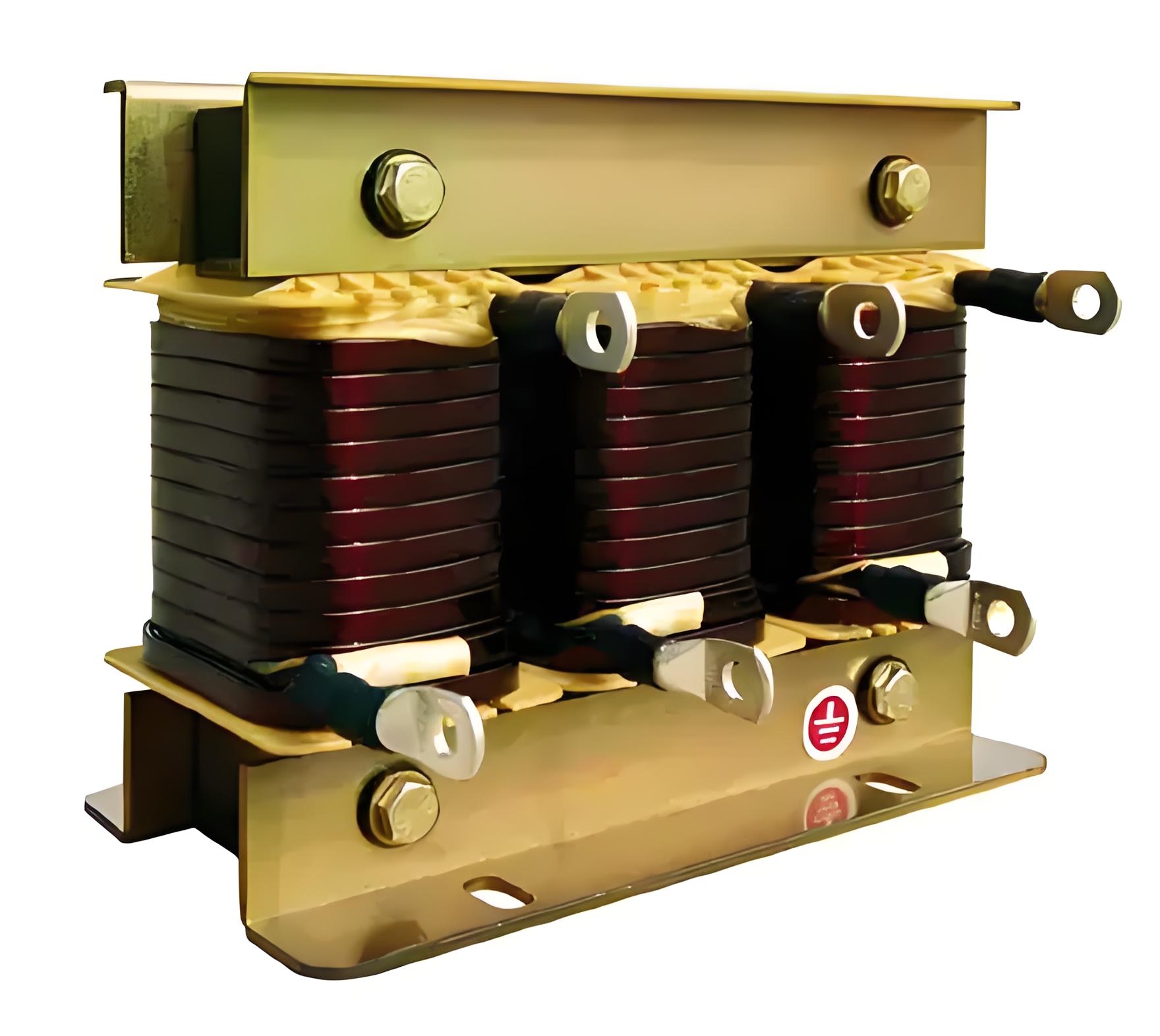What is Electrical Reactor?
What is Electrical Reactor?
Electrical Reactor Definition: An electrical reactor, also known as a line reactor or choke, is a coil that creates a magnetic field to limit current rise, reducing harmonics and protecting electrical drives from power surges.
Types of Electrical or Line Reactors
A reactor has many roles to play in an electrical power system. The reactors are normally classified according to their modes of application. Such as:
Shunt Reactor
Current Limiting and Neutral Earthing Reactor
Damping Reactor
Tuning Reactor
Earthing Transformer
Arc Suppression Reactor
Smoothing Reactor
From a constructional point of view, the reactors are classified as:
Air Core Reactor
Gapped Iron Core Reactor
From an operational point of view, the reactors are classified as:
Variable Reactor
Fixed Reactor
In addition to this, the reactor can also be classified as:
Indoor Type
Outdoor Type Reactor

Shunt Reactor
A shunt reactor is connected in parallel within the system. Its main purpose is to compensate for the capacitive current component, meaning it absorbs reactive power (VAR) generated by the system’s capacitive effect.
In a substation, shunt reactors are connected normally between line and ground. The VAR absorbed by the reactor can be fixed or variable depending on the system requirement. The variation of VAR in the reactor can be achieved by using phase control thyristors or by DC magnetizing of the iron core. This variation can also be achieved by offline or online tap changer associated with the reactor.
A shunt reactor can be single-phase or three-phase, based on the power system’s configuration. It can have an air core or a gapped iron core. Some shunt reactors include magnetic shielding and additional windings to supply auxiliary power.
Series Reactor
A current limiting reactor is a type of series reactor connected in series within the system. It limits fault currents and helps in load sharing in parallel networks. When connected to an alternator, it’s called a generator line reactor, which reduces stress during three-phase short circuit faults.
The series reactor may also be connected in series in the feeder or electrical bus to minimize the effect of short circuit fault at other parts of the system. As an effect of short circuit current in that portion of the system becomes limited, the short circuit current withstand rating of the equipment and conductors of that portion of the system can be smaller. This makes the system cost-effective.
When a reactor of suitable rating is connected between neutral and earth connection of a system, to limit the line to earth current during earth fault in the system, it is called Neutral Earthing Reactor.
When a capacitor bank is a switch on in uncharged condition there may be a high inrush current flowing through it. To limit this inrush current reactor is connected in series with each phase of the capacitor bank. The reactor used for this purpose is known as damping reactor. This damps the transient condition of the capacitor. It also helps to suppress the harmonics present in the system. These reactors are typically rated with their highest inrush current in addition to its continuous current carrying capacity.
The wave trap connected in series with the feeder line is a kind of reactor. This reactor along with the Coupling Capacitor of the line creates a filter circuit to block the frequencies other than power frequency. This type of reactor is mainly used to facilitate Power Line Carrier Communication. This is called Tuning Reactor. As it is used to create a filter circuit, it is also called a filter reactor. Commonly and popularly it is known as Wave Trap.
In a delta connected power system, a star point or neutral point is created by using zigzag star connected 3 phase reactor, called an earthing transformer. This reactor may have secondary winding to obtain power for auxiliary supply to the substation. That is why this reactor is also referred to as an earthing transformer.
The reactor connected between neutral and earth to limit single phase to earth fault current is called Arc Suppression Reactor.
A reactor is also used to filter out harmonics present in DC power. A reactor used in DC power network for this purpose is called smoothing reactor.
The Electricity Encyclopedia is dedicated to accelerating the dissemination and application of electricity knowledge and adding impetus to the development and innovation of the electricity industry.













